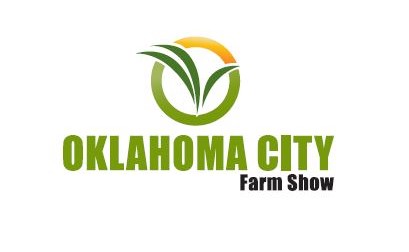
The 2025 trade team season is winding down, and U.S. Wheat Associates (USW) is reflecting on the opportunities global buyers had this year to explore U.S. wheat country. The highlight, as always, was the opportunity to connect these customers with U.S. farmers.
“Each trade team season, we look for ways to help U.S. wheat customers learn more about wheat-producing states, the U.S. supply chain system and each of the six wheat classes,” said USW Director of Programs Catherine Miller. “It all begins by collaborating with staff in our overseas offices and the state wheat commissions to identify opportunities and put together informative itineraries for the teams. The most important part is giving teams meaningful facetime with farmers – those conversations are where the real connections happen.”
Farmers In Middle of ‘Overlap’ Season
For farmers, summer folding into fall is not a season of pause but one of overlap – they often are harvesting one crop while planting the next. This overlap

is more than a scheduling headache – it is a balancing act that requires fits of thinking and spurts of decision making.
Not to mention all the work.
Whether it is Kansas, Ohio, Idaho or any other state, combine cabs this time of year tend to serve as “chambers of thought.” But many wheat growers would benefit if they could also squeeze into their cabs a secretary’s desk, and maybe a seat for an accountant, too.
“Right now, my cell phone gets a call or text about every four minutes, and that will continue well into October,” said Jason Scott, a sixth-generation farmer on Maryland’s eastern shore, from his combine on Sept. 8 as he harvested corn. Scott was busy making plans to cut soybeans and put U.S. soft red winter (SRW) wheat into the ground over a thin one-month window of time.
“I’ve got my dad helping out, and I have some hired help,” he offered. “But in the middle of all this hustle, there are a lot of questions and a lot of decisions for me to make, and a lot of calls and text messages to answer.”
On the Other Side of the Country

On the same day, on the opposite side of the country, Brian Cochrane was following through on thoughts and plans from his own wheat harvest back in August. The fourth-generation Washington farmer was seeding soft white (SW) wheat into his low-moisture soil and talking about the challenges multi-tasking farmers in all wheat states face.
“It’s the toughest time of the year,” said Cochrane, a dryland farmer who hopes to have his next crop of wheat planted by Sept. 15. “There is all this work in a brief period of time, but you are also always thinking and planning about what needs done once you do get the wheat planted. You think about your farm’s economic model, equipment repair and how to keep your help busy and paid. In our region, we also have the fallowing issue on our mind.”
In Washington’s semi-arid growing regions, maintaining a weed-free fallow period is critical for conserving soil moisture and nutrients. Aggressive weeds can deplete essential soil resources before the wheat is planted.
“As I was harvesting my wheat crop last month, my mind was actually on the fallow ground that we worked hard to keep free of weeds for a whole year – have we been able to keep the weeds out, do we have the land ready for planting? How quickly will the newly planted wheat emerge, which is particularly important in low-rainfall areas,” Cochrane said. “And we, as farmers, do this with many other things to consider. Weather is always a factor, one we have no control over. The economics of what we do is always top of mind.”
Indeed, the merging of harvest and planting is also a financial calculation. Input costs – seed, fertilizer, fuel – and farmers must commit resources to next year’s crop before they have even finished selling the current one. Such efforts are part of the late summer and early fall cycle – a cycle that is relentless but reflects the endurance of farmers who manage two or more critical tasks at once, ensuring continuity from one wheat season to the next.
Wheat Crop Headed for Spotlight
Highlighting the quality of the wheat harvested by farmers this year is USW’s next big project. The 2025 Crop Quality Report is in production, and USW staff are preparing to share information on the crop at Crop Quality Seminars around the world.
Crop quality teams made up of cereal scientists, market analysts, state commission staff, USW staff and producers visit each region of the world to help convey data from the annual Crop Quality Report.
“Customers around the world value these seminars and they appreciate hearing from wheat industry experts,” said USW Vice President of Programs Erica Oakley, who manages the annual report and corresponding seminars. In addition to USW, state wheat commission members and partners also play an important role.
No matter the season – trade teams or crop quality seminars, planting or harvesting – USW remains focused on connecting the hard work of U.S. wheat farmers with the needs of their international customers. Just like producers, USW staff is constantly thinking ahead while trying to keep pace with the needs of the day – all to ensure the U.S. wheat crop continues to reach global markets.
Article courtesy of US Wheat Associates

















